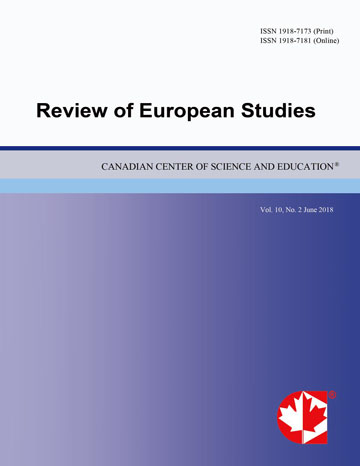How Many Visitors Should there Be in the City? The Case of Rome
- Valentina Feliziani
- Marco Miarelli
Abstract
This paper measures the carrying capacity of Rome. The model used for this analysis is a mathematical model of constrained optimization and linear programming. The function to maximize is the function of income generated by visitors to Rome based on physical constraints such as the number of parking spaces, beds, jobs in catering and social ties as determined through the estimation of two utility functions: residents who earn a living from tourism and residents who do not. To this end, a parameter whose variation indicates the greater or lesser utility of two social groups needed to be included in the constraints. The results of empirical analysis are as follows: the optimal number of tourist hotels and other accommodation is higher than the actual number of city users. In addition, the daily optimal revenue is more than the actual figure, representing a loss of earnings for the city. This analysis also shows the tightest constraints which are those that economic policy should focus on.
 PDF
PDF
